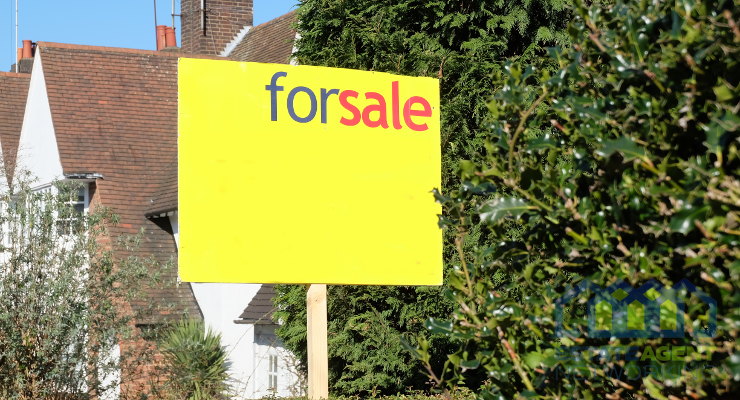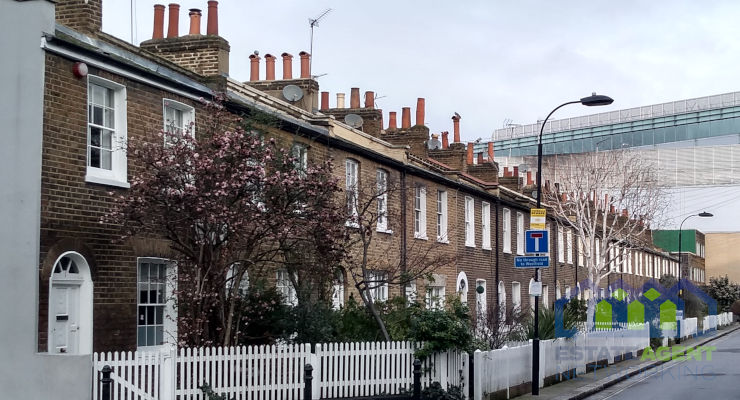Is Commercial Property Investment on the Decline?
When it comes to property, there are numerous sectors involved. However, we can typically break these down into two: residential and commercial. The fact of the matter is that during periods of uncertainty, investment into these areas can be subdued. And, in particular, the trend towards falling interest in the High Street in recent years has also played a role in changing commercial investment forever. But, is it fair to say that commercial property investment as a whole is on a decline?
With that question in mind, here is a look at the factors currently affecting the commercial property sector and why investment here may be on the decline. Particularly as we drift closer and closer to the true consequences of Brexit.
The Brexit Effect
In the UK, one of the biggest factors to take into account for any economic growth (even in real estate) is that of Brexit. Since the 2016 decision to leave the EU, the whole of the UK has seen a number of signs that economic growth may be stilted in light of this decision. Not least of which is the falling worth of the pound in the immediate aftermath.
With such a large impact on the economy, it is not surprising that there has then been a knock-on effect which has meant that the property industry has also felt the decline.
Fallings Returns
The property market is one that typically sees growing returns year on year, even during uncertain times. After the initial referendum in 2016, the market saw a slight dip, which is then recovered from shortly after. However, it is safe to say that tensions surrounding Brexit have only increased in the years since the referendum and this has had a continuing impact on the sector.
However, it is noticeable that certain property sectors such as factories have actually seen an increase in interest and investment. Perhaps as a result of internalised investment in preparation for Brexit.
Overall, property prices and the returns from rent have remained largely stable. But this means that overall returns in the sector are considerably down.
The Future of the High Street
But, even with Brexit, the future of the High Street is a question that has rocked the commercial property market for many years. With more people preferring ‘clicks over bricks’, it has meant that people are less likely to shop in the High Street than ever before. Meaning that staple shops such as the likes of Woolworths have actually disappeared entirely in the dawn of the new age of internet shopping.
So, what will the future of the High Street be exactly in light of this?
For commercial property investors, this is certainly a question that needs answering for your corporate solicitors before financing anything. And soon. If shops are no longer attracting people to the High Street, then an alternative must be found. Many developers and investors have turned to projects such as housing in order to fill this gap.
Office Boom
The one area of commercial property which is currently booming and will continue to do so is that of the commercial office. And, in particular, the shared communal office. With more people starting small businesses, it is becoming common for these smaller independent companies to want shorter and more flexible leases. We can see this trend clearly in the rise of WeWork across multiple countries.
For that reason, there has been a definite drop in retail investment vs. a much-marked rise in office and industrial (factories, in particular, as mentioned before) investment. Which if this continues could mean a complete change of the commercial property landscape.
Final Thoughts
At the end of the day, the commercial property sector is currently experiencing many ups and downs alongside the economy as a whole. Political upheaval and continuing questions about the future of the High Street mean that these issues are inevitable for the sector.









